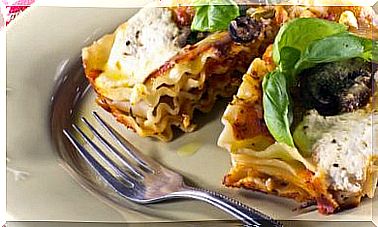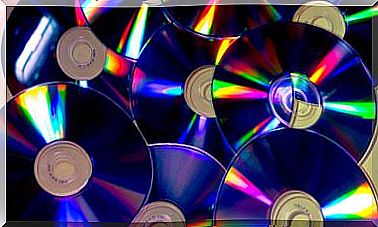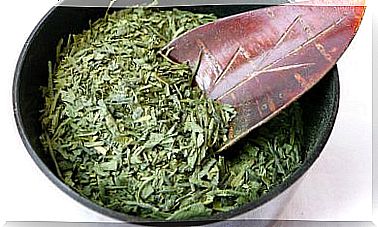Fatty Liver Diet: Easy And Safe
Improving diet is essential to combat fatty liver disease. Therefore, you must know the foods that help recovery and those that can be harmful.

A fatty liver diet is an eating plan that helps improve liver function to prevent health complications. Its objective is to help fight the accumulation of fat to minimize the symptoms of this disease.
Although treatment can vary according to its level of severity, in general some nutritional guidelines should be considered to achieve optimal recovery. In fact, before resorting to medications, it is advisable to make changes in the diet to achieve an improvement.
What are the recommended foods? What should be avoided? Resolving these questions is very important when you have this condition. Therefore, below we want to review the guidelines that should be taken into account in a diet for fatty liver.
What is the fatty liver?
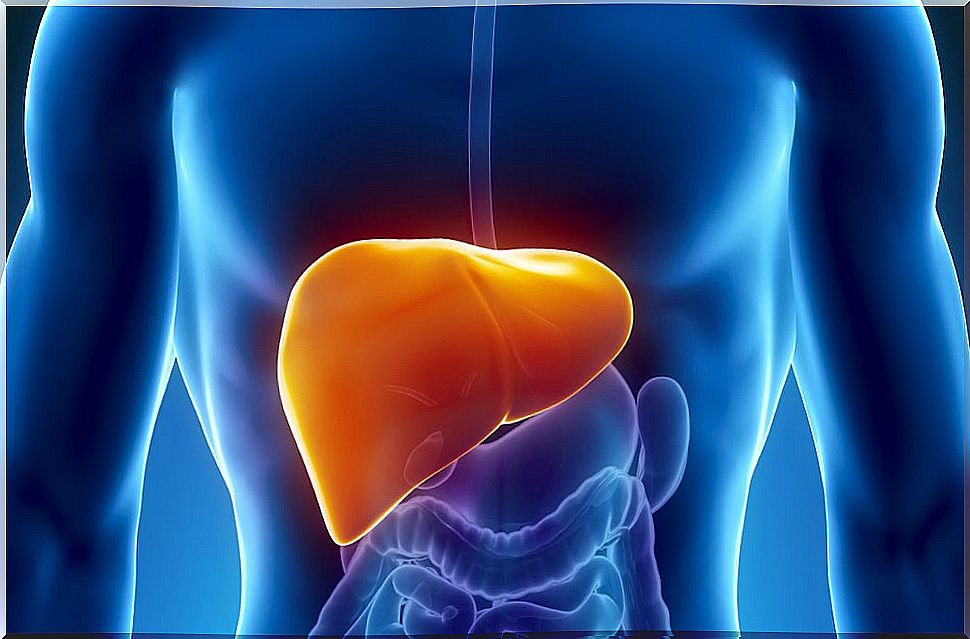
Fatty liver, known in medical terms as hepatic steatosis, is a disorder that develops from the accumulation of fat in liver cells. It can occur due to a malfunction of the metabolism or the damage suffered by the organ due to alcoholism.
It is also related to the excessive accumulation of cholesterol and triglycerides, although several triggers are almost always identified. In its initial stages, it can be asymptomatic, but almost always leads to various ailments and complications.
Fatty liver symptoms
Many fatty liver patients are unaware that they have this disease because there are no strong symptoms. However, as it evolves, some discomforts are triggered that allow it to be identified. The most commons are:
- Mild or moderate pain in the upper right part of the abdomen
- Yellow skin and eyes (jaundice)
- Loss of appetite and weight loss
- Feeling of heaviness and gas after eating
- Nausea and dizziness
- Chronic tiredness and weakness
- Concentration problems
- Enlarged liver
- Dilated blood vessels
Fatty liver diet: allowed and forbidden foods
A blood test and liver biopsy can help confirm the diagnosis of fatty liver. Depending on the symptoms and severity, the doctor may suggest some medications. However, much of the treatment depends on the diet.
Therefore, it is essential to know how to make a diet for fatty liver, limiting the intake of products that can be harmful. In the following space we share in more detail what should and should not eat.
Allowed foods
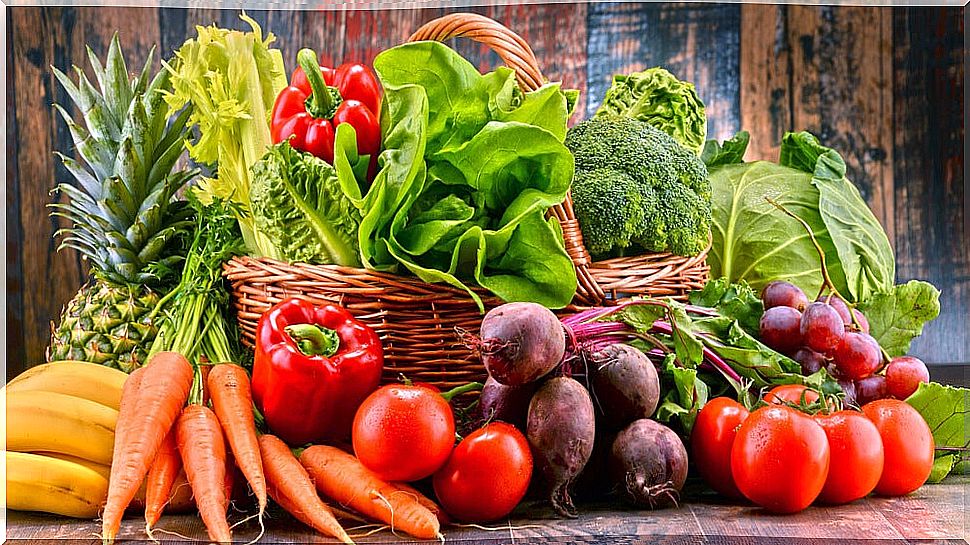
The most recommended foods in a diet for fatty liver are those that provide nutrients such as omega 3, antioxidants, and vitamins and minerals. Although the total carbohydrates and proteins should be lower, they should not be excluded from the diet.
So, make sure you eat ingredients like:
- Fatty fish (salmon, tuna, sardines, herring, etc.)
- Lean meats (chicken and turkey)
- Low-fat plain yogurt
- Legumes (in moderate form)
- Nuts and seeds
- Whole grains (especially oats and brown rice)
- Fresh fruits and vegetables
Forbidden food
People with hepatic steatosis have a slower metabolism and are more resistant to insulin. Because of this, your diet should exclude foods that increase the concentration of glucose in the blood and the formation of fat cells.
These include:
- Refined sugar and derivatives
- Bread and industrial bakery products
- Refined breakfast cereals
- Soft drinks, sodas and sports drinks
- French fries or packaged potatoes
- Beer and alcoholic beverages
- Whole dairy
- Fast and canned food
- Red meat and sausages
- Foods with too much starch
General characteristics of a diet for fatty liver

The best diet for fatty liver is one that is adapted to the age, nutritional status and current weight of the affected person. However, there are some generalities that everyone can take into account when implementing it:
- It is a calorie-controlled diet, which includes all the groups of nutrients, in just the right measure.
- Limit your intake of saturated fat and simple sugars.
- It allows you to lose weight gradually while improving liver function.
- It reduces symptoms such as abdominal pain and heaviness after eating.
- He proposes to eat five meals a day instead of three.
- It is accompanied with the abundant consumption of water and healthy infusions.
Example of a diet for fatty liver
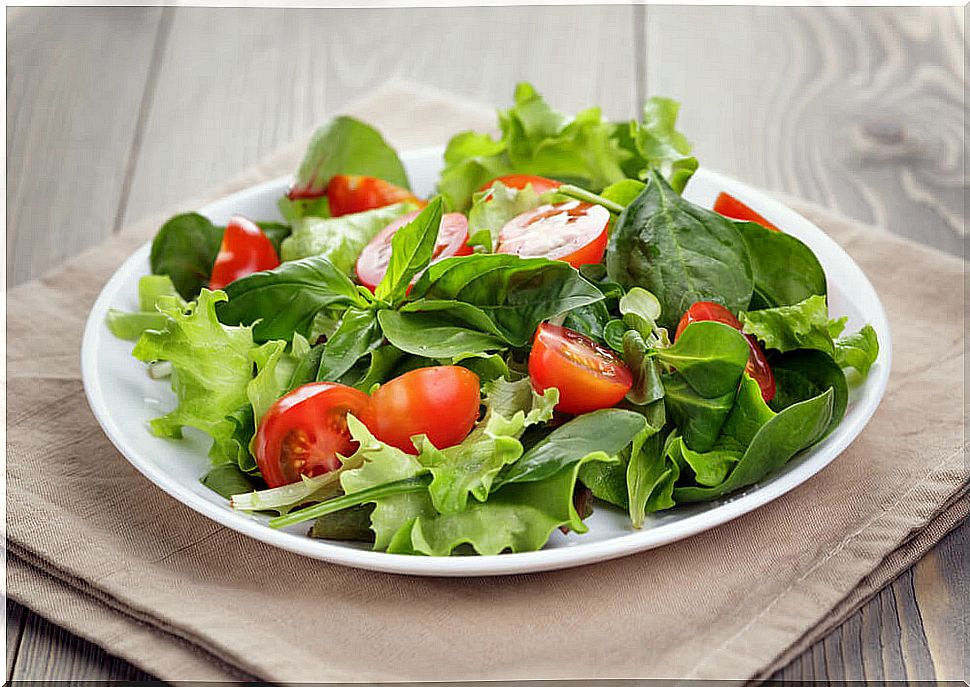
Menus on a fatty liver diet should be light, with easily digestible foods. The following example is a simple guide to how to eat the five meals of the day. Each one can be varied to taste, following the advice above.
Breakfast:
- Glass of skim milk or plain yogurt (200 ml)
- Strawberry bowl (150 g)
- Slice of whole wheat bread with tomato and olive oil
- Coffee or tea
Midmorning:
- Infusion of artichoke with lemon
- Rye bread with olive oil
- Handful of nuts (20 or 30 g)
Lunch:
- Green salad with tomato and vinegar dressing
- Baked fish or roasted chicken
- Vegetable soup
- Apple portion
- Slice of whole wheat bread
Snack:
- Jelly with fruit.
Dinner:
- Garnish with steamed vegetables or celery salad
- Whole wheat toast with tuna
- Glass of grapefruit juice (200 ml)
Final considerations
The symptoms and risks of fatty liver disease can be dramatically reduced with a 5-10% drop in body mass index (BMI). So, in addition to improving the diet, it is also beneficial to follow a regular exercise routine.

